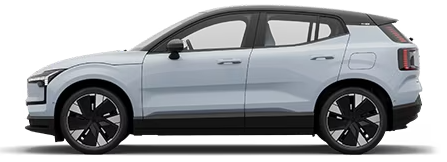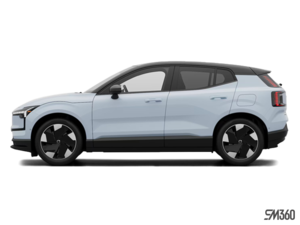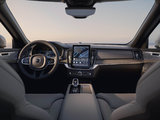How the LiDAR Technology in the Volvo EX90 Works
November 15 2022,

The new Volvo EX90 is the first Volvo vehicle to benefit from the added safety of a LiDAR sensor, but what exactly is this technology, and what does it do to make occupants safer? Here are some answers to those questions.
What is a LiDAR?
LiDAR is an acronym for Light Detection and Ranging. This technology uses a sensor that “sees” around the vehicle by emitting light in the form of a pulsed laser to precisely determine the distance between the EX90 and the obstacles that surround it. In order to ensure the best results, Volvo decided to install the LiDAR sensor at the top of the windshield in the new EX90. This gives the sensor a better vantage point than if it was installed in the grille, thus improving its impact on safety.
How can it make the car safer?
The LiDAR technology used in the Volvo EX90 makes every drive safer by allowing the vehicle to get a much clearer picture of its surroundings and of the potential obstacles that are in its path. Since the accuracy of LiDAR is much greater than that of camera or radar-based systems, the pre-collision warning and mitigation systems can be made much more efficient and less intrusive in the EX90 than in competing vehicles that use older-generation systems. In addition to accuracy, LiDAR systems also hold the advantage in terms of object detection, which is why the EX90 is capable of seeing pedestrians up to 250 meters away, even when driving at highway speeds.
What are its other uses?
In addition to making the active safety systems more effective, the LiDAR used on the Volvo EX90 is a key part of the brand’s plans for upcoming autonomous vehicles. By combining LiDAR with other sensor technologies, an autonomous vehicle can better interpret its environment in all sorts of driving conditions, especially in the dark and when it is raining. This is crucial in making sure autonomous vehicles are always safe for everyone on board and on the roads, no matter where they are or how bad the weather is.




















